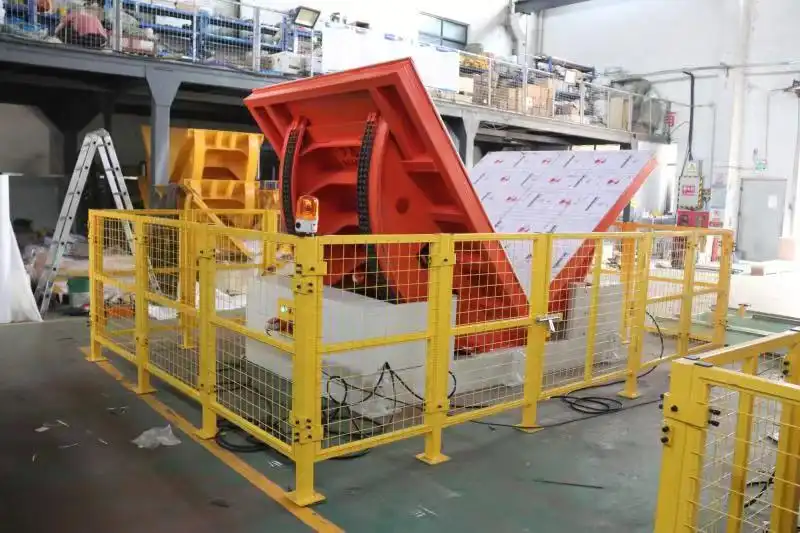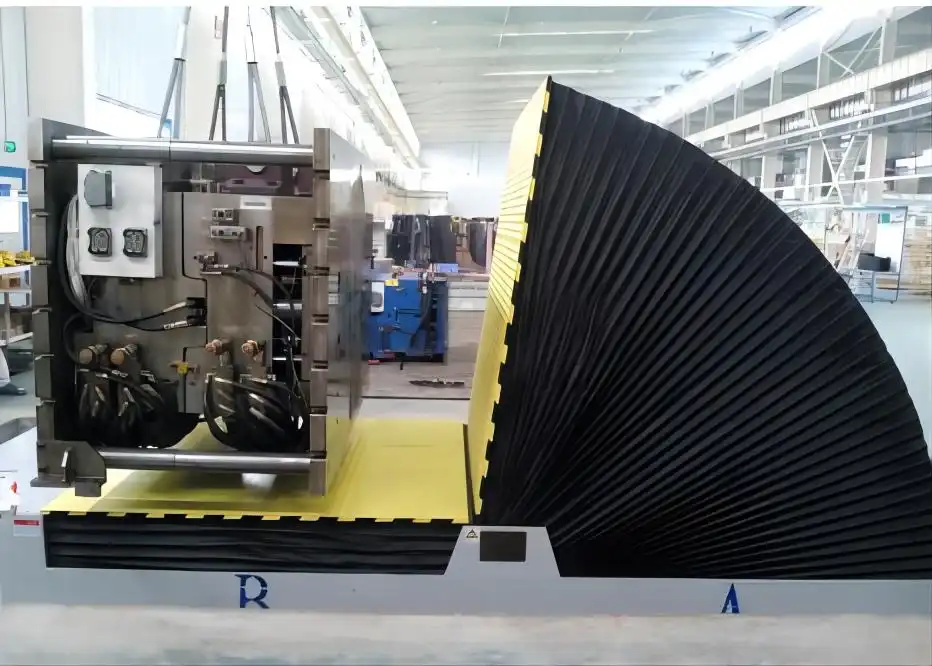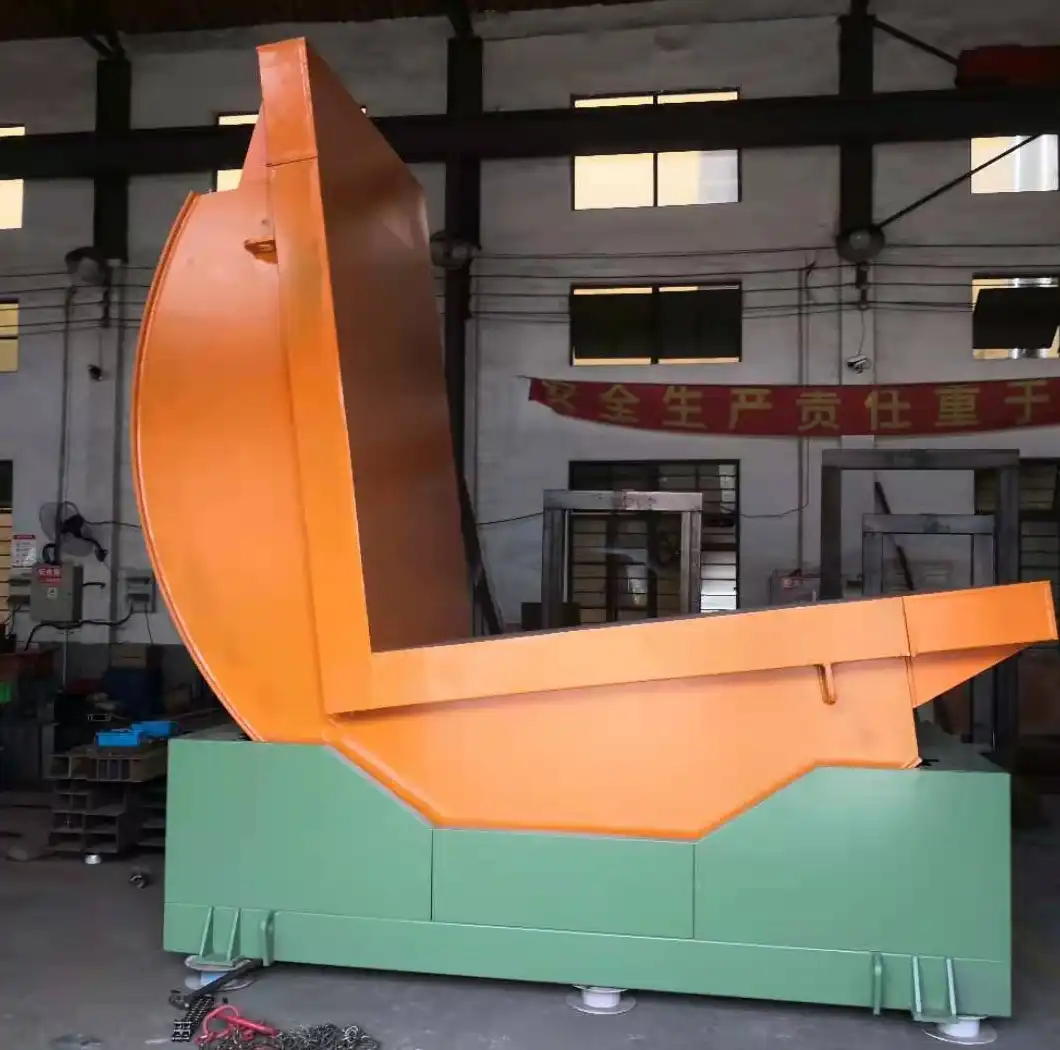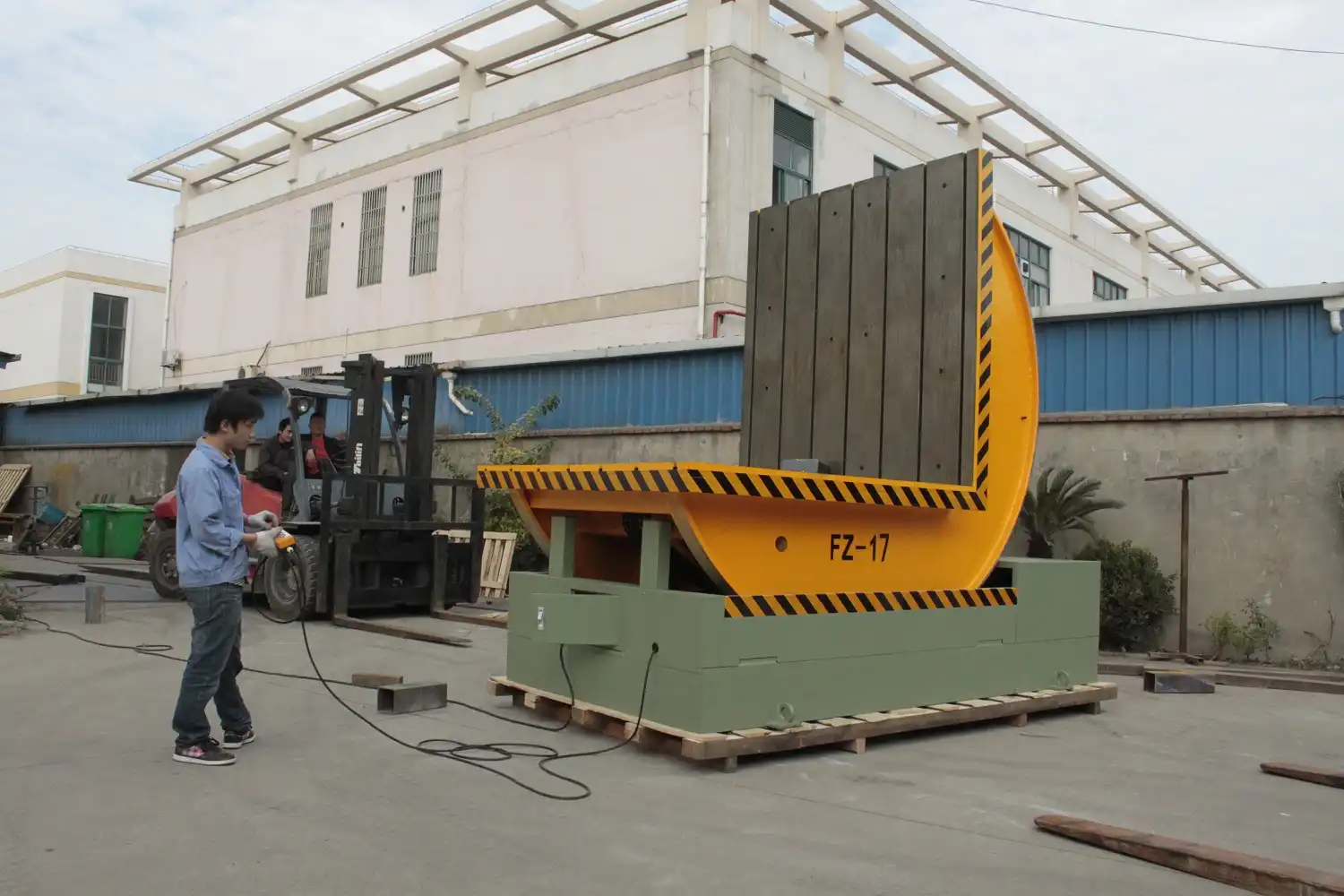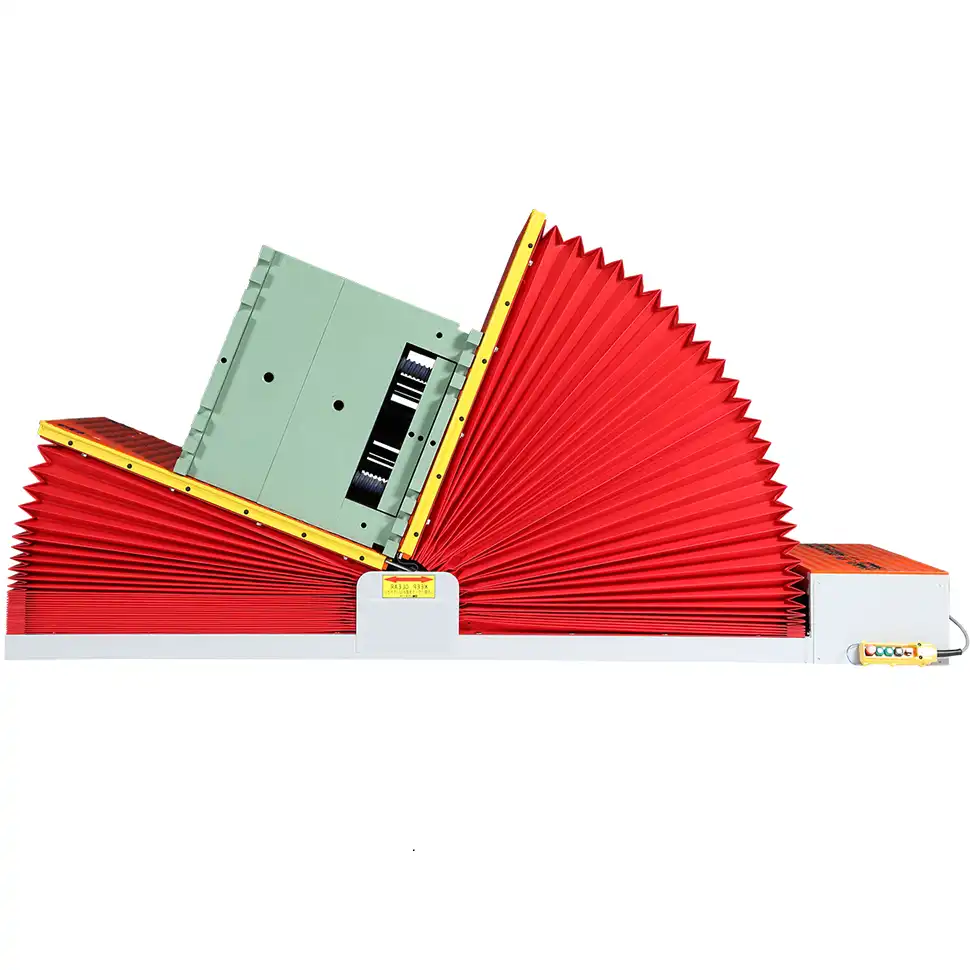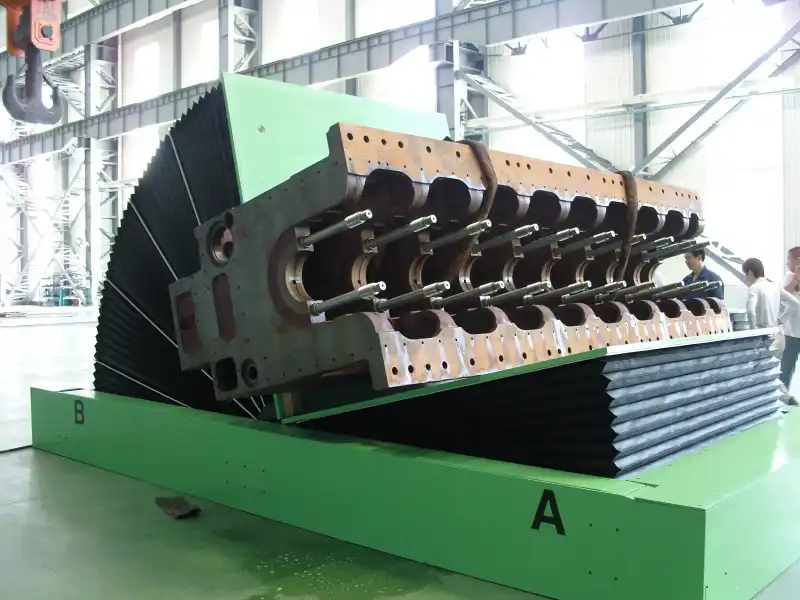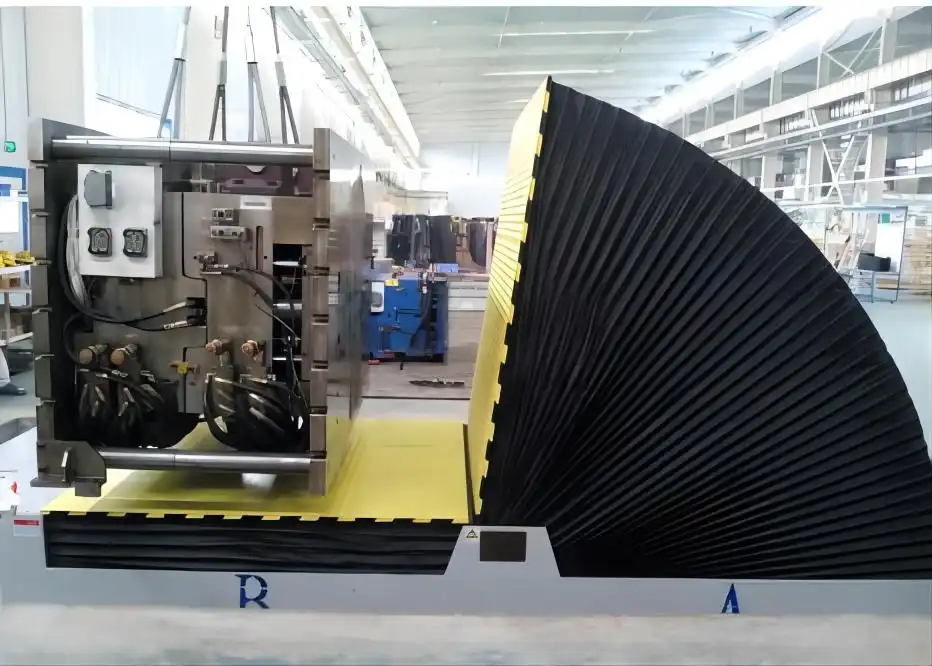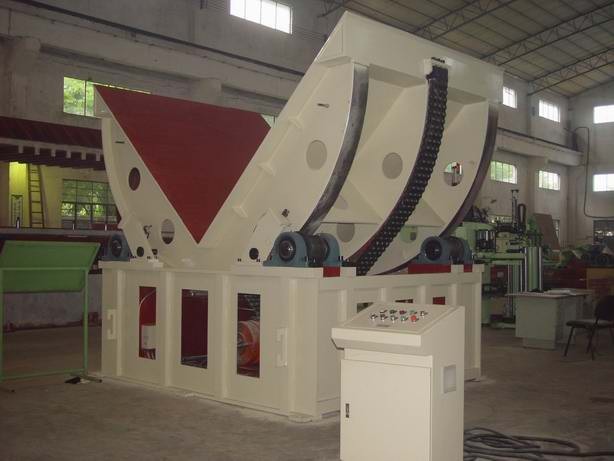How to Enhance Steel Wire Strapping Machine Performance with Advanced Sensors?
Advanced sensors are revolutionizing steel wire strapping machines, boosting efficiency and reliability. These sensors provide real-time data, enabling precise control and performance optimization, leading to increased productivity and reduced downtime.
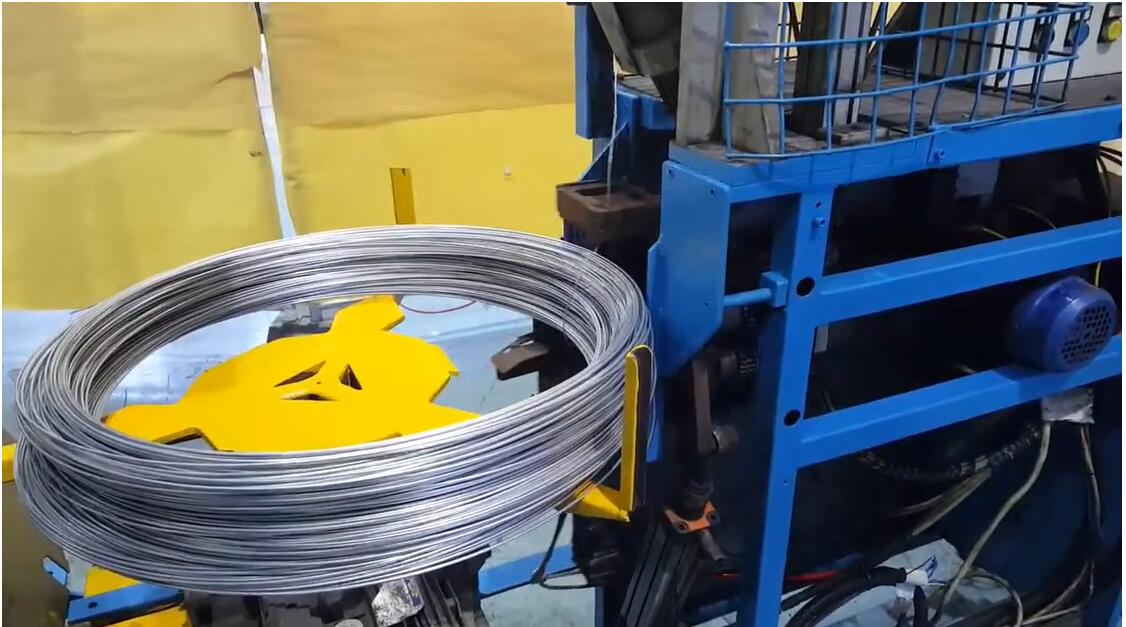
To enhance steel wire strapping machine performance, integrate advanced sensors for real-time monitoring and control. This includes sensors for tension, position, and temperature, allowing for precise adjustments and minimizing errors. Predictive maintenance based on sensor data further optimizes performance, reducing downtime and improving overall efficiency.
The integration of advanced sensors marks a significant leap forward in steel wire strapping technology. By providing real-time data and enabling precise control, these sensors unlock new levels of efficiency and reliability. Read on to explore how these technological advancements are transforming the industry.
1. The Role of Advanced Sensors in Steel Wire Strapping Machines
Advanced sensors are crucial for modern steel wire strapping machines, enabling real-time monitoring and precise control. These sensors enhance efficiency, reduce errors, and improve overall machine performance, meeting the demands of various industries.
Advanced sensors in steel wire strapping machines provide real-time data on critical parameters like tension, position, and temperature. This data allows for precise adjustments and minimizes errors, leading to increased efficiency and reliability. Moreover, predictive maintenance based on sensor data reduces downtime and optimizes machine performance.
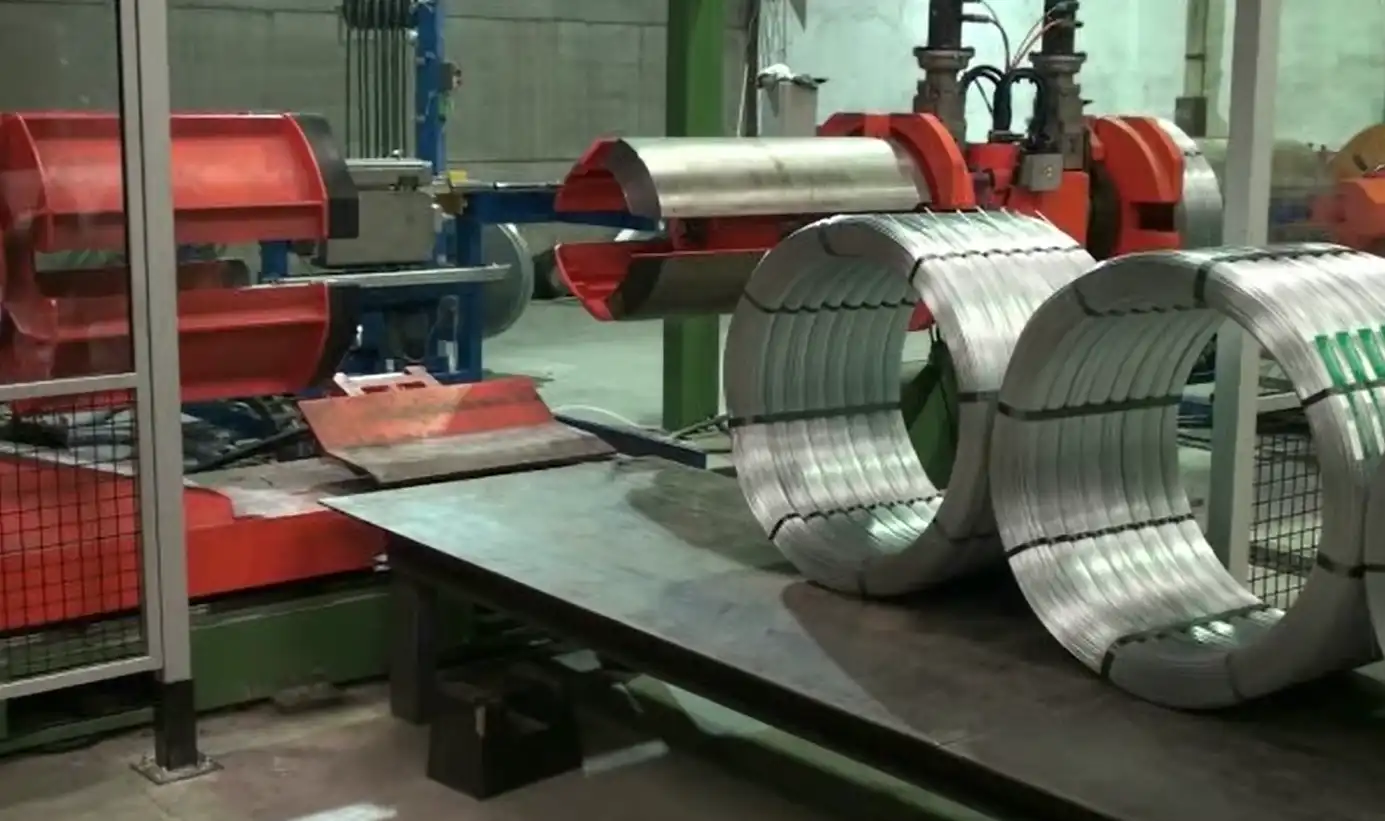
Elevating Performance Through Real-Time Data: A Deep Dive
To fully understand the benefits of advanced sensors, it’s essential to explore the specific parameters they monitor and how this data translates into tangible improvements. Let’s examine this through three critical performance areas.
Tension Control
Maintaining optimal tension is paramount for secure and effective strapping.
The Challenge
Inconsistent tension leads to loose straps, compromising load stability, or overly tight straps that damage the product.
Sensor-Driven Solution
Load cells and tension sensors continuously monitor strap tension, providing feedback to the machine’s control system. This system automatically adjusts tensioning mechanisms to maintain the desired level.
The Outcome
- Improved load security.
- Reduced product damage.
- Consistent strapping results.
Position Monitoring
Precise positioning of the strapping head and wire is critical for accurate and reliable strapping.
The Challenge
Misalignment or incorrect positioning leads to misplaced straps, incomplete seals, or machine malfunctions.
Sensor-Driven Solution
Proximity sensors and encoders track the position of key components, such as the strapping head and wire feeder. The control system uses this data to ensure accurate positioning and timing.
The Outcome
- Reduced misstraps.
- Improved seal quality.
- Minimized downtime due to malfunctions.
Temperature Regulation
Excessive heat can compromise the integrity of the strapping wire and sealing mechanisms.
The Challenge
Overheating leads to weakened straps, unreliable seals, and potential safety hazards.
Sensor-Driven Solution
Temperature sensors monitor the temperature of critical components, such as the sealing head and drive motors. The control system activates cooling mechanisms or adjusts operating parameters to prevent overheating.
The Outcome
- Enhanced strap strength and seal integrity.
- Extended component lifespan.
- Improved safety.
By strategically integrating these sensors, steel wire strapping machines gain the ability to self-correct and adapt to changing conditions. This results in a more robust, efficient, and reliable strapping process.
2. Types of Sensors Used in Steel Wire Strapping Machines
Various types of sensors enhance the precision and efficiency of steel wire strapping machines. Understanding these sensor types and their applications is crucial for optimizing machine performance optimization.
Steel wire strapping machines utilize various sensors, including tension sensors for monitoring strap tightness, position sensors for precise alignment, and temperature sensors for preventing overheating. These sensors provide critical data, enabling automated adjustments and ensuring consistent, reliable strapping.

A Closer Look at Sensor Technologies
The effectiveness of a steel wire strapping machine hinges on the accuracy and reliability of its sensors. Each sensor type plays a unique role, contributing to the overall precision and efficiency of the strapping process. Let’s delve into the technical details of these sensor technologies:
- Tension Sensors: These sensors measure the force applied to the strapping wire during the tensioning process. Load cells, strain gauges, and piezoelectric sensors are commonly used. Load cells offer high accuracy and are ideal for applications requiring precise tension control. Strain gauges are more cost-effective and suitable for general tension monitoring. Piezoelectric sensors provide fast response times and are used in dynamic tension control systems.
- Position Sensors: These sensors determine the location of machine components, such as the strapping head and wire feeder. Proximity sensors, encoders, and linear displacement transducers (LDTs) are frequently employed. Proximity sensors detect the presence or absence of an object within a specific range. Encoders provide high-resolution position feedback, essential for precise movements. LDTs measure linear displacement and are used for accurate positioning of the strapping head.
- Temperature Sensors: These sensors monitor the temperature of critical components to prevent overheating. Thermocouples, resistance temperature detectors (RTDs), and infrared (IR) sensors are commonly used. Thermocouples are robust and can withstand high temperatures, making them suitable for harsh environments. RTDs offer high accuracy and stability, ideal for precise temperature control. IR sensors provide non-contact temperature measurement, allowing for monitoring of moving parts or areas difficult to access.
By carefully selecting and integrating these sensor technologies, manufacturers can create steel wire strapping machines that deliver consistent, reliable, and high-quality strapping results.
3. Implementing Sensors for Predictive Maintenance
Implementing sensors for predictive maintenance in steel wire strapping machines minimizes downtime and enhances operational efficiency. By monitoring machine health, potential issues can be identified and addressed before they lead to failures.
Predictive maintenance in steel wire strapping machines involves using sensors to monitor machine health and identify potential issues before failures occur. This includes analyzing sensor data for trends and anomalies, enabling timely maintenance and minimizing downtime, ultimately improving productivity and reducing costs.

Optimizing Machine Lifespan: Predictive Maintenance Strategies
| Component | Sensor Type | Monitored Parameter | Potential Issue |
|---|---|---|---|
| Drive Motor | Temperature Sensor | Temperature | Overheating, bearing failure |
| Tensioning Mechanism | Load Cell | Tension Fluctuation | Wear, misalignment |
| Sealing Head | Temperature Sensor | Temperature | Overheating, seal degradation |
| Wire Feeder | Proximity Sensor | Position | Misalignment, jamming |
The table illustrates how different sensor types can monitor specific components and parameters to identify potential issues before they escalate.
Diving Deeper into Predictive Maintenance
- Data Collection: Implement sensors to continuously monitor critical machine parameters, such as temperature, vibration, and tension.
- Data Analysis: Utilize software to analyze sensor data and identify patterns, trends, and anomalies that indicate potential issues.
- Threshold Setting: Establish threshold values for each parameter, triggering alerts when these values are exceeded.
- Maintenance Scheduling: Schedule maintenance activities based on sensor data and predictive analysis, addressing potential issues before they lead to failures.
- Continuous Improvement: Continuously refine predictive maintenance strategies by analyzing maintenance data and adjusting sensor parameters and threshold values.
By implementing these strategies, steel wire strapping machines can achieve improved reliability, reduced downtime, and enhanced operational efficiency. Predictive maintenance not only extends the lifespan of the equipment but also minimizes unexpected disruptions, ensuring smooth and continuous operation.
- Key Benefits of Predictive Maintenance Strategies:
- Increased Efficiency
- Cost Savings
- Extended Equipment Life Span
- Optimized performance.
4. Case Studies: Real-World Applications and Results

Real-world applications demonstrate the transformative impact of advanced sensors on steel wire strapping machine performance. These case studies illustrate how sensor integration leads to significant improvements in efficiency, reliability, and cost savings.
Real-world case studies show that integrating advanced sensors into steel wire strapping machines leads to increased efficiency, reduced downtime, and improved product quality. Companies have reported significant cost savings and enhanced operational performance by implementing sensor-based monitoring and control systems.
Case Study 1: Automotive Manufacturing
- Challenge: A major automotive manufacturer faced frequent breakdowns and inconsistent strapping quality in their steel wire strapping machines, leading to production delays and increased costs.
- Solution: The manufacturer implemented a sensor-based monitoring system that included temperature sensors, tension sensors, and position sensors. This system provided real-time data on machine health and performance, allowing for predictive maintenance and proactive issue resolution.
- Results: The manufacturer reported a 30% reduction in downtime, a 20% improvement in strapping quality, and a 15% decrease in maintenance costs.
Case Study 2: Chemical Processing
- Challenge: A chemical processing plant experienced frequent seal failures and wire breaks in their steel wire strapping machines, resulting in product loss and safety hazards.
- Solution: The plant integrated temperature sensors and vibration sensors into their strapping machines. These sensors monitored the temperature of the sealing head and the vibration levels of critical components, allowing for early detection of potential issues.
- Results: The plant achieved a 40% reduction in seal failures, a 25% decrease in wire breaks, and a significant improvement in safety.
Case Study 3: Agricultural Management
- Challenge: An agricultural management company struggled with inconsistent strapping tension and frequent wire jams in their steel wire strapping machines, leading to inefficient operations and increased labor costs.
- Solution: The company implemented a sensor-based control system that included tension sensors and proximity sensors. This system automatically adjusted strapping tension based on real-time feedback and detected potential wire jams before they occurred.
- Results: The company reported a 35% improvement in strapping efficiency, a 20% reduction in labor costs, and a significant decrease in wire jams.
By implementing advanced sensors and predictive maintenance strategies, organizations can unlock new levels of performance and reliability in their steel wire strapping machines.
Conclusion
Steel wire strapping machine technological advancements rely heavily on advanced sensors for optimized performance. By integrating these sensors, businesses can achieve enhanced efficiency, reduced downtime, and improved product quality. Embracing these innovations is essential for staying competitive and maximizing operational success in today’s demanding industrial landscape.

